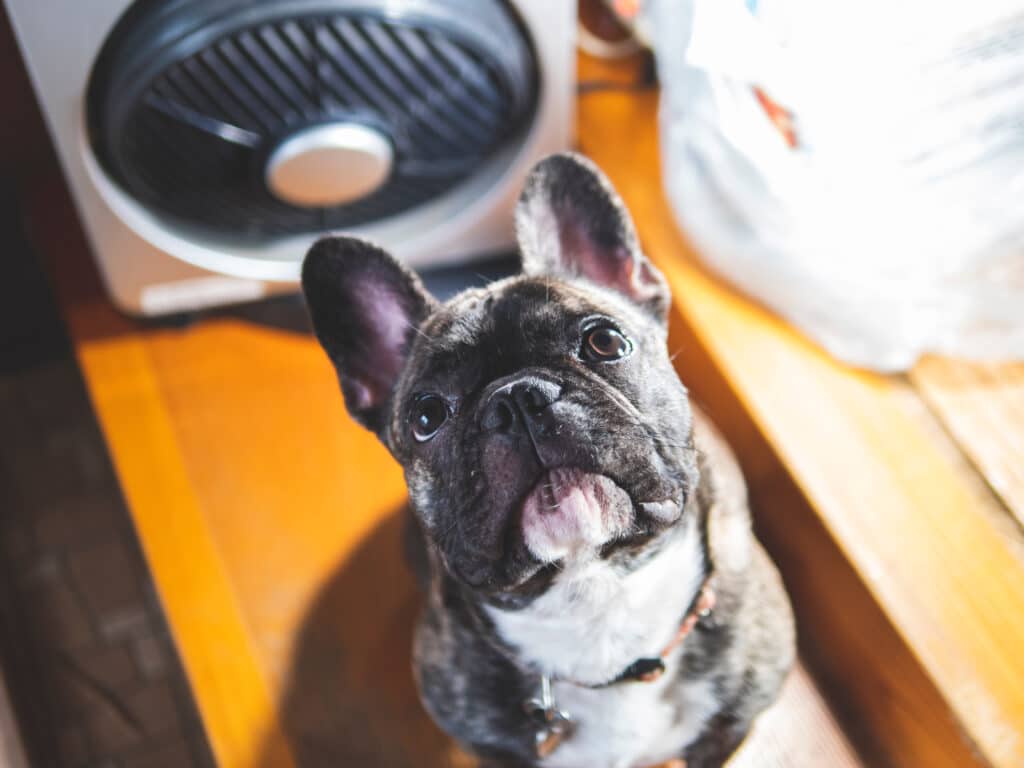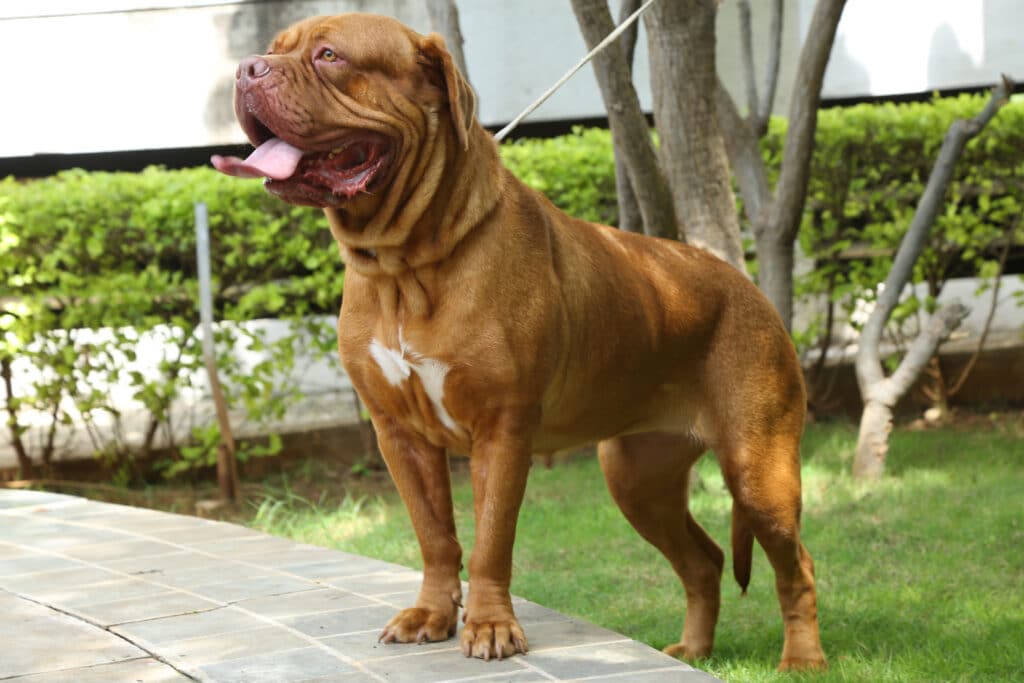As summer approaches, many pet owners look forward to long, sunny days filled with outdoor adventures. However, the heat can pose significant risks to our canine companions. Dogs are particularly vulnerable to heat stroke, which can be life-threatening if not addressed promptly. In this comprehensive guide, we’ll explore heat stroke in dogs, highlight the breeds most at risk, and provide essential tips for prevention and treatment.
Understanding Heat Stroke in Dogs

Heat stroke occurs when a dog’s body temperature rises dangerously high, typically above 106°F (41°C). Unlike humans, dogs do not sweat to cool down. They rely on panting, which may not suffice during hot weather or after strenuous activity. According to VCA Hospitals, temperatures surpassing 103°F (39.4°C) signal potential danger, and immediate intervention is crucial.
Signs and Symptoms of Heat Stroke in Dogs
Recognizing the signs of heat stroke is essential for prompt treatment. Watch for the following symptoms:
- Heavy panting
- Difficulty breathing
- Elevated body temperature
- Excessive drooling
- Dry or sticky gums
- Bruising in the gums
- Vomiting
- Diarrhea
- Lethargy or drowsiness
- Uncoordinated movements
- Seizures
What Causes Heat Stroke in Dogs?
Several factors contribute to heat stroke in dogs:
- Environment: Hot and humid conditions can rapidly elevate a dog’s body temperature, especially in confined spaces like cars.
- Physical Fitness: Dogs that are not regularly exercised may struggle during strenuous activities in the heat.
- Obesity: Overweight dogs have a higher risk of heat stroke.
- Hydration: A lack of water intake can increase body temperature.
- Breed: Certain breeds, especially those with short noses or thick fur, are more susceptible.
- Medical Conditions: Dogs with underlying health issues like heart or respiratory problems are at greater risk.
6 Dog Breeds Most at Risk of Heat Stroke
1. Chow Chow

The Chow Chow, known for its thick double coat, is 17 times more likely to suffer from heat stroke compared to other breeds, according to a study by VetCompass.
2. English Bulldog

Flat-faced breeds like the English Bulldog are susceptible to respiratory issues, making it challenging for them to cool down during hot weather, thereby increasing the risk of heat stroke.
3. French Bulldog

The French Bulldog shares the same vulnerability due to its brachycephalic structure, which restricts airflow heavily, especially in warm climates.
4. French Mastiff

With a large, muscular build and flat face, the French Mastiff is twice as likely to experience heat stroke than average-snouted breeds.
5. Greyhound

This breed’s low body fat and single layer of fur contribute to its vulnerability in high temperatures, as they struggle to insulate against heat.
6. Cavalier King Charles Spaniel

The Cavalier King Charles Spaniel combines a flat face, long coat, and a tendency toward obesity, making them particularly prone to heat-related issues.
How to Prevent Heat Stroke in Dogs
To keep your furry friend safe from heat stroke, consider these preventative measures:
- Ensure access to shade and fresh water during outdoor activities.
- Never leave your dog alone in a car, regardless of the weather.
- Exercise during cooler hours, such as early morning or late evening.
- Keep indoor areas well-ventilated and cool during hot days.
How to Treat Heat Stroke in Dogs

If you suspect that your dog is experiencing heat stroke, take immediate action:
- Move the dog to a cool, shaded area.
- Pour cool (not cold) water over their body, avoiding the face.
- Avoid ice, which can worsen the situation.
- Encourage drinking cool water if the dog is able.
- Use wet cloths to help cool down, replacing them as needed.
- Ensure airflow around the dog while in transit to the vet.
Once at the veterinarian, they will provide advanced treatment, such as intravenous fluids and monitoring for complications.
Conclusion
As summer unfolds, keep in mind that heat stroke poses significant dangers to dogs. By recognizing the signs and taking necessary precautions, you can ensure that your pet enjoys a safe and happy summer. Be proactive, and make informed choices to protect your beloved furry companions during the hottest months of the year.
Do you know if your dog’s breed is at risk? Stay informed and proactive to keep your canine safe this summer!












